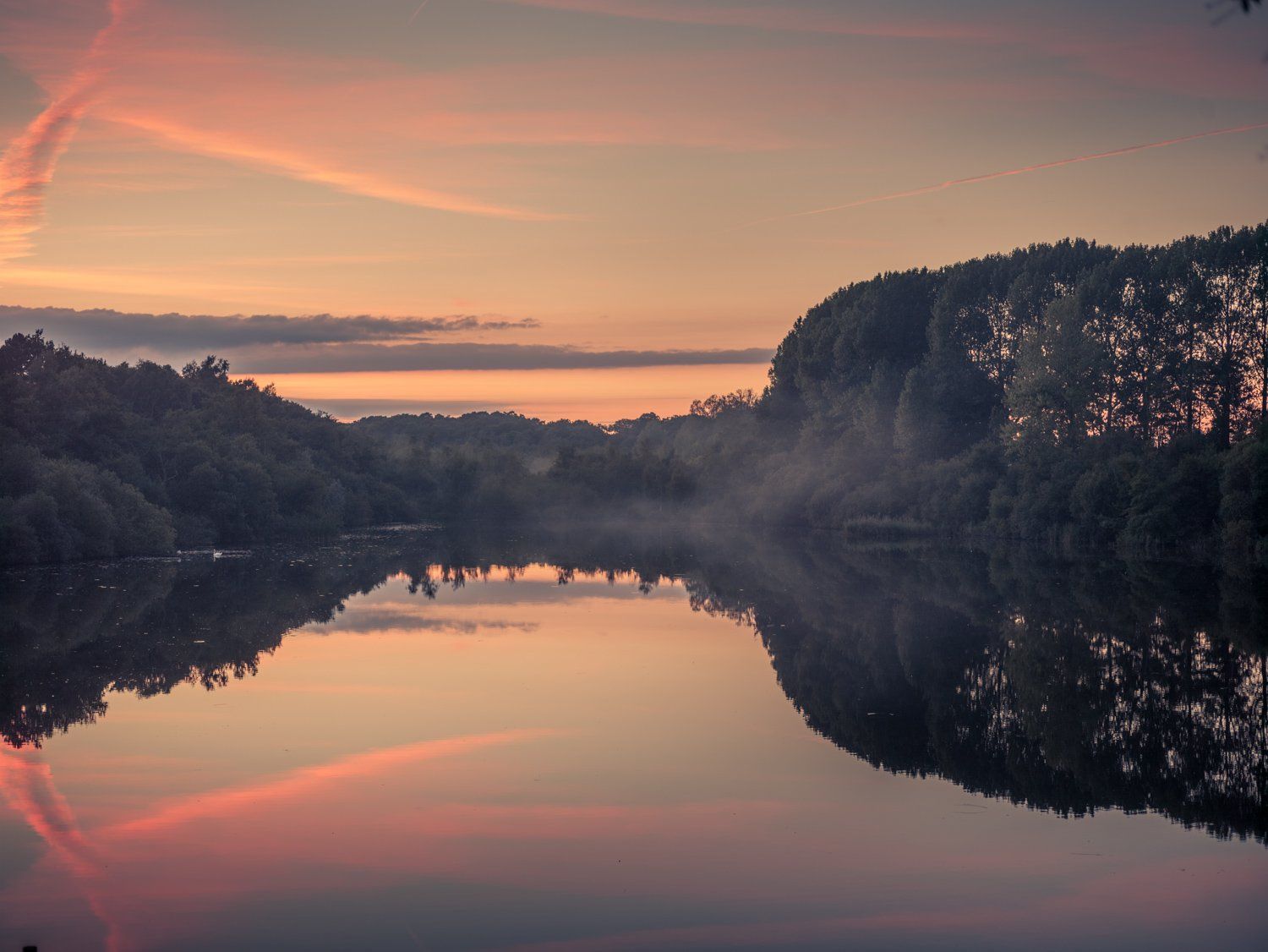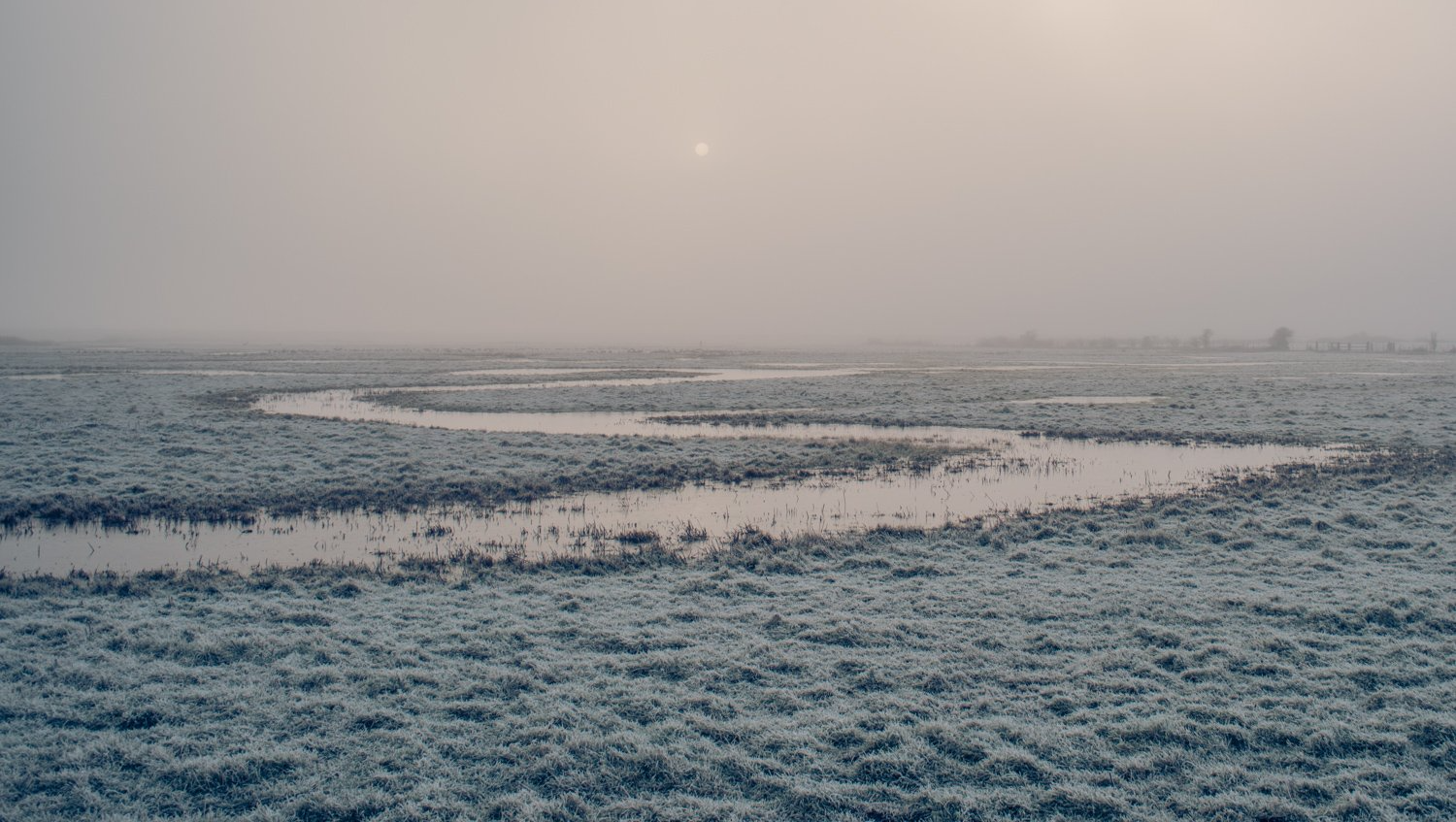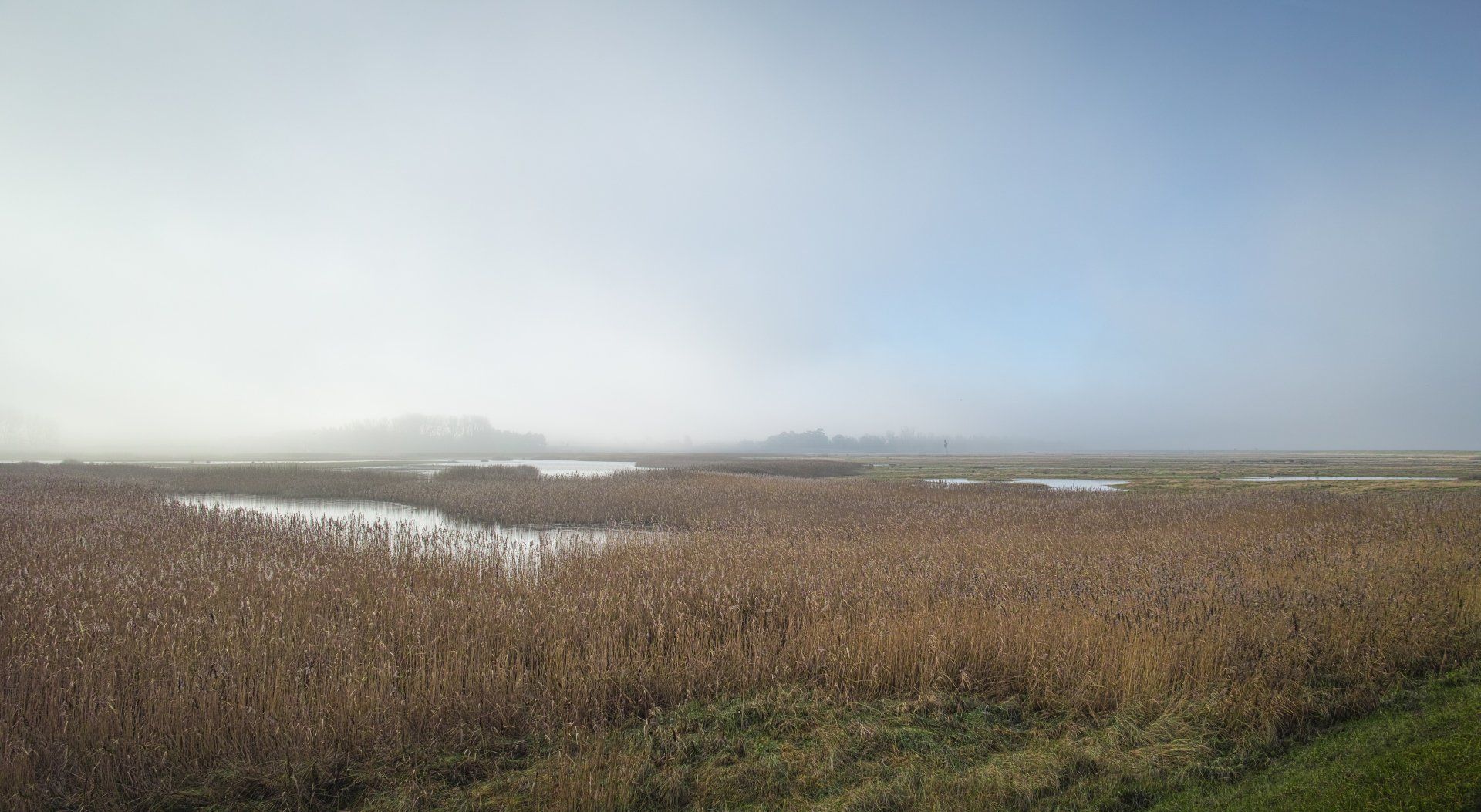Wetlands - Anglian Water's Vision for a Wetter East Anglia
As the biggest geographical water company in the UK, providing water and water recycling services to almost 7 million customers, Anglian Water covers many unique and protected habitats.
These include internationally important wetlands like the Norfolk Broads and the Ouse Washes.
In his very first blogpost for WildEast, Director of Quality and the Environment, Dr Robin Price explains how fundamental protecting and enhancing the region’s environment is to the water company.

We take this responsibility incredibly seriously, so much so that in 2019 we amended Articles of Association to legally enshrine our commitment to delivering a social and environmental prosperity in all we do. The start of 2022 saw the formation of a new Directorate - Quality and Environment – for Anglian Water, further demonstrating our absolute dedication to environmental protection and improvement, I’m really excited to be leading the charge on delivering a greener, cleaner environmental vision for our region.

And we have a good basis to build on. We own about 7,000 hectares of land, including 49 Sites of Special Scientific Interest, and many other sites of value for wildlife. This includes three large reservoirs at Rutland, Grafham and Pitsford. Each is important for wintering birds and is surrounded by woodlands, grassland and wetlands that are a big draw for people and wildlife. Despite being the driest region of the country, our region’s wetlands are one of things that define our landscape. Iconic places like the Broads, coastal marshes, Nene and Ouse Washes, and the fragments of remaining ancient East Anglian Fen are a haven to countless species.
Many people don’t know that we have wetland nature reserves around the region. These are often managed in partnership with Wildlife Trusts. There’s Tetney Blow Wells in Lincolnshire, Newbourn Springs in Suffolk and Dereham Rush Meadow in Norfolk. Many of these are accessible to the public and you can download a guide to these special places here. https://www.anglianwater.co.uk/siteassets/household/in-the-community/wildlife-sites-guide.pdf

In total we have about 7000 sites, from large reservoirs to tiny pumping stations. Each one, to a greater or lesser extent, is an opportunity for a bit of wildness. My Biodiversity team has assessed and prioritised them and, together with our network of operational colleagues who volunteer as Biodiversity Champions, we’re managing the most important ones to support nature recovery across the region. Each of these is a dot on a map, and we’re delighted to say we’ll be adding some of them to WildEast’s Map of Dreams.
The water environment – rivers, streams and wetlands – are what we rely upon as a business. But they’re under pressure. The East of England is feeling the effects of climate change and population growth more keenly than anywhere else in the UK. Our rivers and wetlands provide water for our customers, as well as for farming, so we need to work together to ensure we also ensure there’s enough water to meet our environment’s needs too. For our part, it’s critical that we invest now in measures that make us resilient to climate change and growth, whilst protecting the environment.

Recently, customers and government have rightly set the bar even higher in their expectations of us as monopoly provider of an essential public service. They can be reassured we are listening to them and are already rising to the challenge. Between 2020 – 2025, £800 million will be invested specifically targeted at protecting and enhancing wetlands, rivers, seas and habitats across our region. Last year, £300 million of this investment was fast tracked for 200 environmental schemes specifically targeted at environmental improvements and river restoration projects, at no extra cost to customers.
More specifically we will also reduce the amount we take from the environment by 84 million litres a day and spend roughly £200million on mitigating and reducing the impact extreme weather and flooding has on our sewer network and, in turn the environment.
By taking action for wildlife and wild spaces we can play our part in creating a flourishing environment, ensuring our region remains a great place to live, work, and visit.
WildEast Blog

Powered by LocaliQ
Follow Us
SIGN UP FOR NEWS & UPDATES
Newsletter Sign Up
Thank you for signing up to our newsletter.
Please try again later.
Privacy / Terms & Conditions / Sitemap
